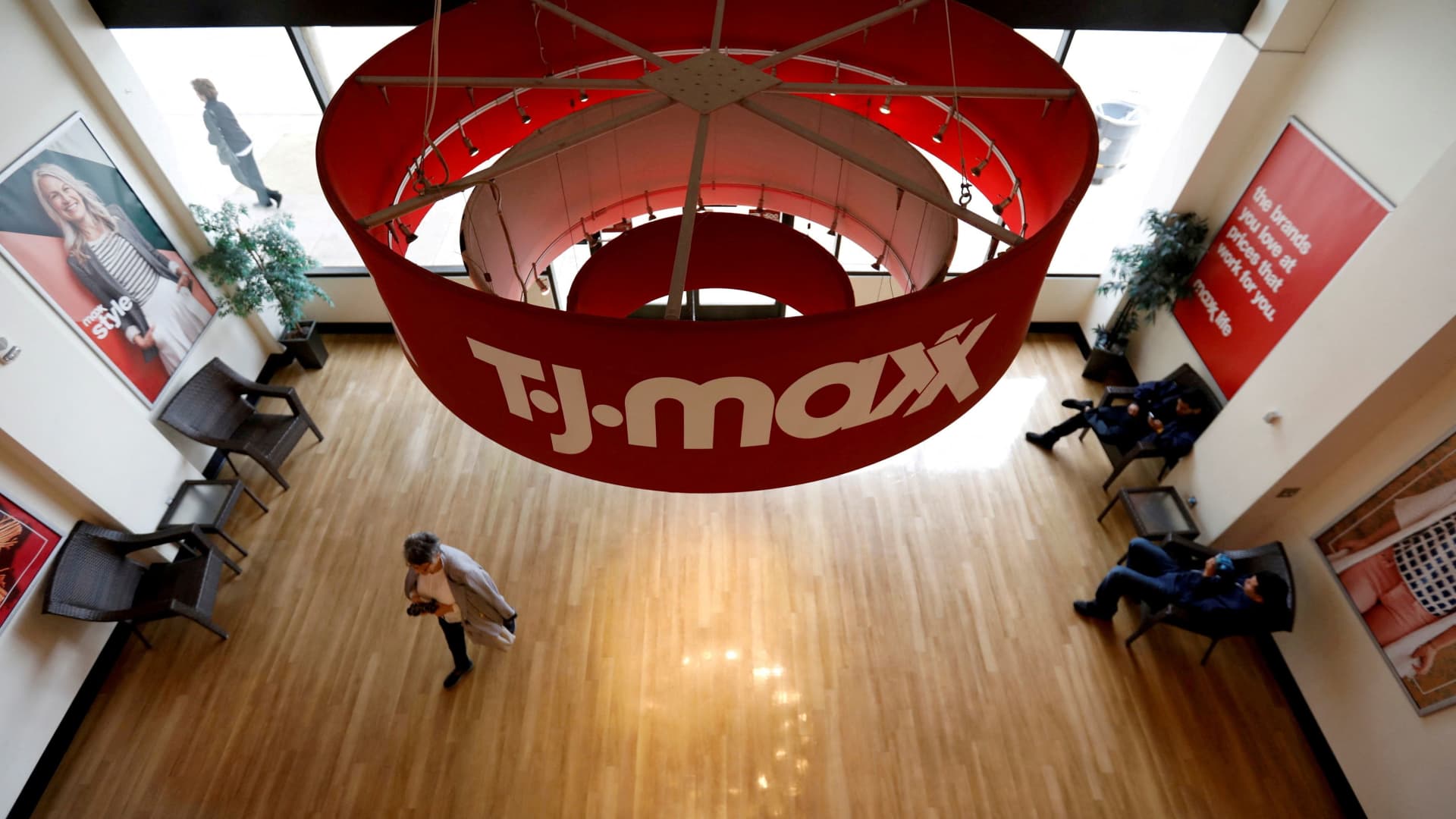The consumer is expected to remain resilient this year, but some retailers will benefit more than others. Consumer spending drives the U.S. economy, accounting for 68% of gross domestic product — and several analysts on Wall Street forecasted that spending will remain strong through 2024. However, the prioritization of that spending will result in winners and losers. Three research notes released this week attempted to answer who the winners and losers will be. Goldman Sachs: ‘Messaging to be mixed’ In a note published Tuesday, analysts at Goldman Sachs said they expect “messaging to be mixed” from retailers as some lose market share while others gain, but that the overall spending is “more resilient this year than many investors had expected.” In their view, “aspirational purchases” are going to remain pressured while “value-oriented channels” continue to do well as middle-income consumers have come under pressure and continue to seek out the best bang for their buck. As was the case in 2023, investors who do the homework and differentiate between names that cater to the consumer will be better rewarded than those simply looking to buy a basket of names. Goldman economists expect nominal (meaning not adjusted for inflation) disposable income growth of 5.5% in 2023. That’s down from an expected 7.5% increase in 2023 but still a healthy number. Equally important, total household cash inflow in 2024 is expected to accelerate to 5.5%, up from 3.2% in 2023, “as the decline in mortgage equity withdrawals normalizes.” At the same time, they expect spending growth for essentials to slow, thereby leaving more money left over for discretionary purchases. As a result, Goldman said, “This leads [the analysts] to forecast accelerated spending growth on discretionary items in 2024 with the acceleration expected to be evident beginning in 4Q23.” Consumer discretionary stands to win at the expense of consumer staples. Bernstein on student loan impact Adding to the complexity…
Read the full article here

Leave a Reply